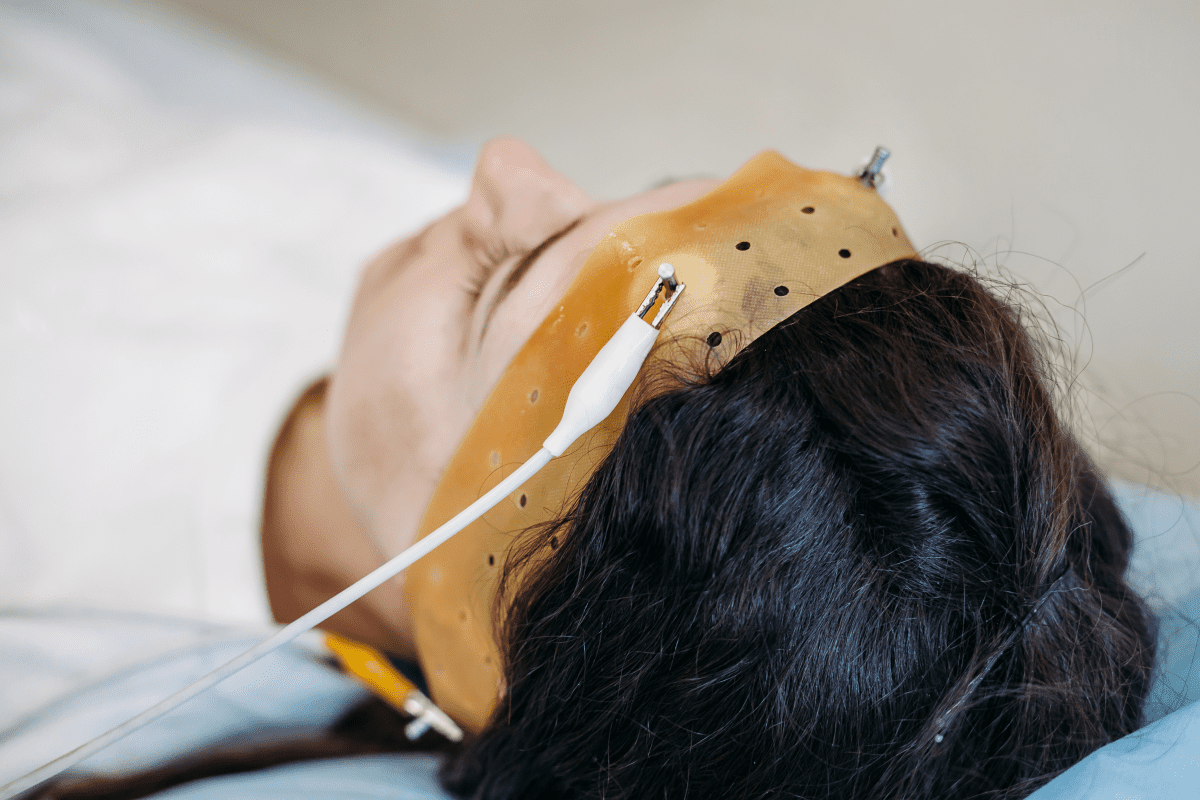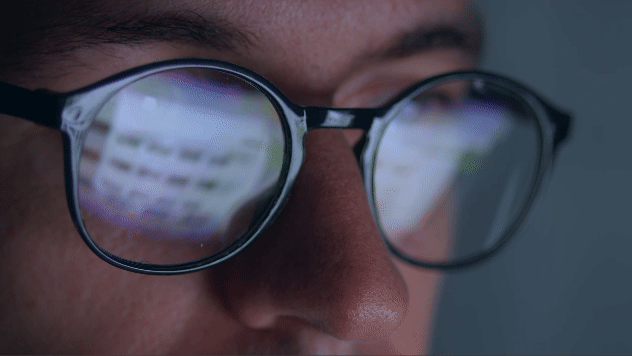Historically, sleep research has primarily targeted the rapid eye movement (REM) phase, known for its association with dreaming. More recently, a novel research study has shed light on an overlooked feature of sleep known as “spindles.” Supported by funding from the U.S. Department of Veterans Affairs, the study investigated the role of sleep spindles in individuals with post-traumatic stress disorder (PTSD).
Spindles Explained
There are three non-REM (NREM) stages of sleep that go from light to heavy, with stage 3 being the deepest level. Spindles make their appearance during stage 2 as rhythmic, high-frequency bursts of activity. Researchers believe they play a role in memory consolidation, learning, and overall sleep quality.
“Spindles are one of the hallmark signatures of stage 2 sleep,” Nikhilesh Natraj, lead investigator of the Biological Psychiatry: Cognitive Neuroscience and Neuroimaging study, told Psychiatrist.com. “They come every 20 seconds or so, interrupting the otherwise flat sleep signal with bursts of higher frequency activity.”
Interpersonal Support Domains Associated With PTSD
Co-Occurring PTSD and Alcohol Use Disorder
Legalizing MDMA for PTSD Treatment
Sleep spindles occur on the surface of the brain. They also facilitate information transfer within deeper brain regions including the amygdala, which is involved in emotional memories, and the hippocampus, the brain’s memory center. Natraj speculated that in individuals with severe PTSD symptoms, sleep spindles communicate with these emotional centers to moderate the anxiety associated with stressful stimuli.
Study Insights
To see if NREM2 spindles help consolidate stressors in the brains of individuals with PTSD, Natraj and his team recruited 45 participants with a history of trauma exposure.
The researchers asked the volunteers to come into the lab and take a nap for a “control visit,” during which an EEG scanned their brains for sleep spindles. During a follow up “stress visit,” the team exposed participants to negatively valent images before they took a nap, while monitoring their brains. After waking up, the researchers asked the subjects to recall the images they had viewed earlier.
The study found that sleep spindles did not appear to consolidate memories related to stressors. Instead, they seemed to play a crucial role in regulating anxiety levels after exposure to stressors, particularly in individuals with high PTSD symptoms. NREM2 sleep spindles increased during stress sleep compared to control sleep, indicating stress-induced changes within the spindles.
Translation?
“It seemed to suggest a protective role of sleep in people who have very high PTSD symptoms and who were just exposed to stressful information,” said Natraj.
Future Possibilities
The study suggested that using sleep spindles could potentially modulate symptoms of PTSD by enhancing sleep quality. Individuals with PTSD often experience disrupted sleep patterns, including reduced or abnormal sleep spindles. By promoting deep, restorative sleep through interventions that enhance sleep spindle activity, such as neurofeedback or specific sleep therapies, it may be possible to alleviate some of the distressing symptoms associated with PTSD, such as nightmares and intrusive thoughts.
While the results provided valuable insights about spindles and their role in stress mitigation, Dr. Natraj said he believed that the study only scratched the surface.
“In some patients, we might have the opportunity to actually place these electrodes deeper into the brain through surgery, where we can answer these questions in greater detail,” he said.
It might also be possible to manually boost spindle rates with certain prescription medications like Ambien, or through techniques like electrical stimulation, Natraj said. This could take PTSD management in a new direction.
However, Natraj does acknowledge some of the study’s limitations.
“We still have some links to be established between this laboratory study and something that might truly happen in the real world,” he said. “This is just one small piece of the puzzle.”



